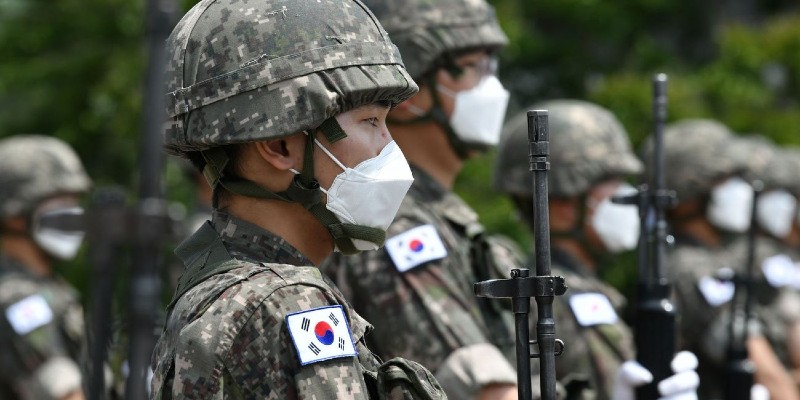- South Korea is being hit by a second wave of the coronavirus, the country’s health authority said on Monday.
- One hundred and fifteen new cases were identified over the weekend, data from the Korea Centers for Disease Control and Prevention (KCDC) shows.
- Jeong Eun-kyeong, head of the KCDC, said infections will continue unless it snuffs out transmission.
- Park Won-soon, the mayor of Seoul, blamed public transport for the outbreak.
- South Korea had swiftly ended its first outbreak in March with an effective mass testing and tracing program, drawing praise around the world.
South Korea is undergoing a second wave of the coronavirus, the country’s health authority has said.
“The first wave was from March to April as well as February to March,” Jeong Eun-kyeong, head of the Korea Centers for Disease Control and Prevention (KCDC), said on Monday, according to Reuters.
“Then we see that the second wave which was triggered by the May holiday has been going on,” he said, referring to the Children’s Day national holiday on May 5.
Seventeen new cases were reported on Monday, following the discovery of 67 new cases on Saturday and 48 new cases on Sunday.
“We originally predicted that the second wave to emerge in fall or winter,” Jeong said during the same speech, according to the Yonhap news agency.
“Our forecast turned out to be wrong. As long as people having close contact with others, we believe that infections will continue.”
Seoul, the capital, has seen the largest rise in cases.

South Korean soldiers seen at a ceremony for soldiers killed during the 1950-53 Korean War at the National Cemetery in Daejeon on June 19, 2020. Getty
The mayor of Seoul, Park Won-soon, said on Monday that “if Seoul gets penetrated [by the virus], the entire Republic of Korea gets penetrated,” according to The Associated Press (AP).
The city’s second wave can be attributed to people taking public transport again, he said, adding that scientists were predicting that South Korea could see 800 new cases a day if transmission isn’t slowed.
Park said he may reimpose social-distancing measures in the city if the average number of new cases per day goes above 30 over the next three days, and if the city’s hospitals go past 70% bed occupancy.
Jeong, the KCDC director, said on Monday that people can take off their masks during the hot weather, as long as they remain two meters from others.
After China, South Korea was one of the first countries to experience a major outbreak back in February.
But unlike China, the country never implemented large-scale lockdowns, relying instead on an impressive tracking and testing mission. South Korea quickly controlled its outbreak and was lauded around the world as a model for coronavirus control.
A spike in cases in late May prompted authorities to reimpose some restrictions, closing down museums and parks for a fortnight. It also forced hundreds of schools to delay or reverse reopening.
As of Monday, there have been 12,438 confirmed cases of COVID-19 in South Korea. Two hundred and eighty people have died.
Do you have a personal experience with the coronavirus you’d like to share? Or a tip on how your town or community is handling the pandemic? Please email editor@asiainsiders.net and tell us your story.
